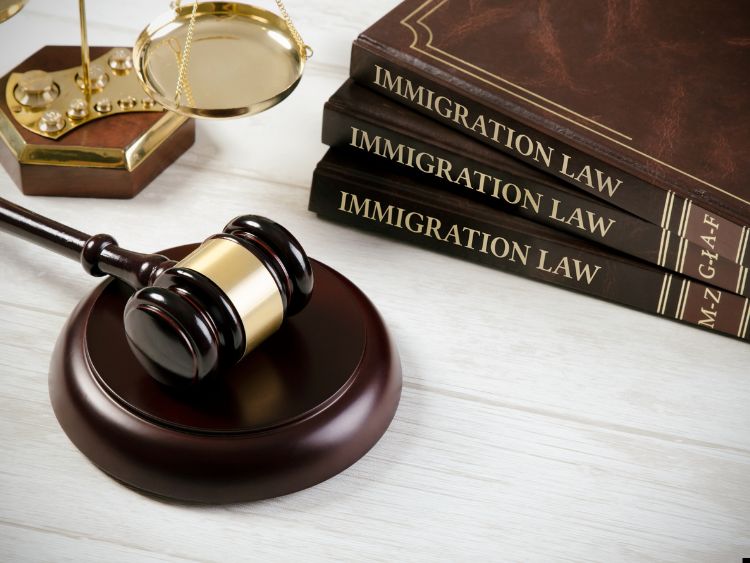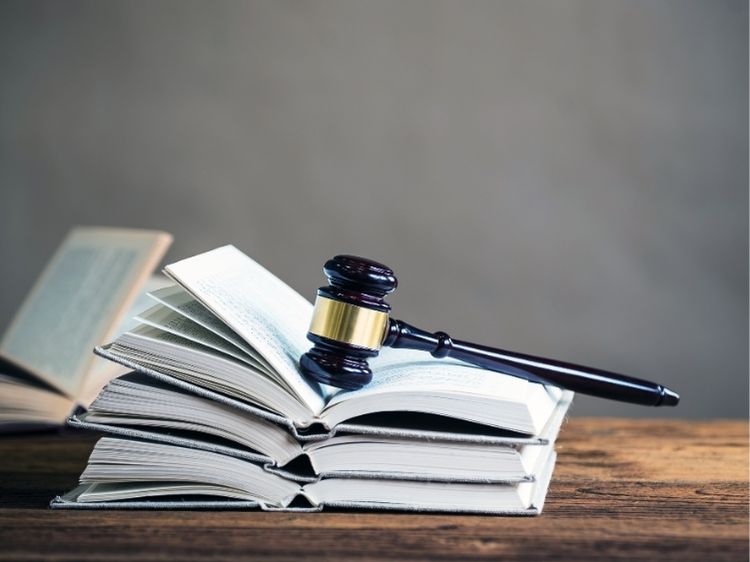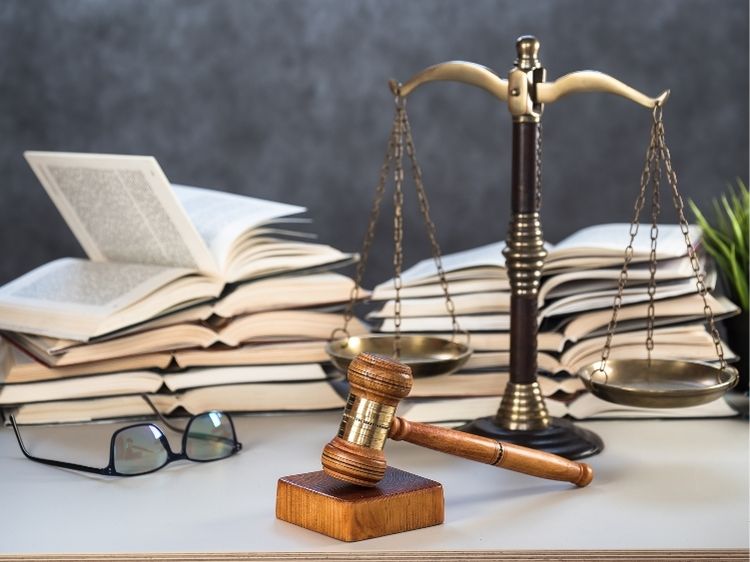Product Liability Lawsuit Cases: Understanding the Stakes
When you purchase a product, you trust that it will work as advertised without causing you harm. But what happens when things go wrong? This is where product liability lawsuit cases come into play. These lawsuits hold manufacturers, distributors, suppliers, retailers, and others accountable for injuries caused by defective products. Let’s delve into the complexities of these cases, explore some notable examples, and understand why they matter to you.
Product Liability Lawsuit Cases
Product liability refers to a manufacturer’s or seller’s responsibility for placing a defective product in the hands of a consumer. If a product has a defect, whether in design, manufacturing, or labeling, and that defect causes injury, the injured party has the right to file a lawsuit. These cases are vital in ensuring consumer safety and holding companies accountable for the products they release to the market.
But let’s not get ahead of ourselves. Why should you care about product liability lawsuit cases? Simple—because they impact you more than you might think. Whether you’re a consumer, a business owner, or someone just curious about the legal landscape, understanding product liability can save you time, money, and perhaps even your health.
The Foundations of Product Liability Lawsuit Cases
Product liability lawsuit cases generally fall into three main categories:
- Design Defects: These are inherent flaws in the product design that make it dangerous. For instance, if a car model has a tendency to flip over when making sharp turns, that’s a design defect.
- Manufacturing Defects: These occur during the production process and result in a product that deviates from its intended design. Think about a batch of medication that gets contaminated during production—each pill in that batch is defective.
- Failure to Warn (Marketing Defects): If a product lacks sufficient warnings or instructions, making it dangerous when used as intended, it falls into this category. A classic example is medication that doesn’t include warnings about potential side effects.
Each of these defects can form the basis of a product liability lawsuit. But the road to justice isn’t always straightforward.
The Legal Landscape: Who’s Liable?
In product liability lawsuit cases, several parties can be held accountable:
- Manufacturers: The company that created the product can be held liable if a defect in their design or manufacturing process caused harm.
- Distributors: Companies that distribute the product may also be held liable if they knew or should have known about the defect.
- Retailers: Even if the retailer didn’t manufacture the product, they can still be sued if they sold a defective product to a consumer.
It’s important to note that product liability is a strict liability offense, meaning that the plaintiff doesn’t necessarily have to prove negligence. If the product is defective and caused harm, those responsible for its distribution could be on the hook.
Real-World Examples of Product Liability Lawsuit Cases
To really grasp the impact of product liability lawsuits, let’s look at some notable cases:
- The Ford Pinto Case: One of the most infamous product liability cases in history involved the Ford Pinto. The car’s design made it prone to exploding in rear-end collisions, leading to numerous injuries and deaths. Ford’s decision to stick with the flawed design despite knowing the risks resulted in a massive lawsuit and a public relations nightmare.
- Johnson & Johnson’s Talcum Powder: Johnson & Johnson faced thousands of lawsuits from women who claimed that their talcum powder products caused ovarian cancer. The company was accused of failing to warn consumers about the potential risks, leading to multi-billion-dollar settlements.
- The Toyota Unintended Acceleration: Toyota had to recall millions of vehicles after reports of unintended acceleration, which led to several fatal accidents. The lawsuits that followed were based on design and manufacturing defects, and Toyota eventually paid out billions in settlements and fines.
These cases not only highlight the potential dangers of defective products but also underscore the importance of holding companies accountable.
Why Product Liability Lawsuit Cases Matter
You might be wondering, why should I care about product liability lawsuit cases? Here’s why:
- Consumer Safety: These cases force companies to prioritize safety. Without the threat of lawsuits, some might cut corners to save costs, putting consumers at risk.
- Corporate Accountability: Lawsuits ensure that companies cannot get away with selling defective products. They’re a check on corporate power and a way to protect the public.
- Legal Precedent: Each lawsuit contributes to the body of law governing product liability. The outcomes of these cases shape future regulations and business practices.
Product liability lawsuits serve as a vital mechanism for ensuring that consumer goods are safe and that companies are held responsible for their products.
How to Navigate a Product Liability Lawsuit
If you find yourself injured by a defective product, here are the steps you should take:
- Seek Medical Attention: Your health is the priority. Get the necessary medical treatment and document your injuries.
- Preserve the Evidence: Keep the defective product, its packaging, receipts, and any other related materials. This will be crucial for your case.
- Consult an Attorney: Product liability cases can be complex. An experienced attorney can help you navigate the legal landscape and increase your chances of success.
- File a Claim: Your attorney will help you file a lawsuit, which will involve proving that the product was defective, that the defect caused your injury, and that you suffered damages as a result.
Navigating a product liability lawsuit can be daunting, but with the right approach, you can hold the responsible parties accountable and secure compensation for your injuries.
FAQs About Product Liability Lawsuit Cases
Q: What is a product liability lawsuit?
A: A product liability lawsuit is a legal action taken against manufacturers, distributors, or retailers for selling a defective product that causes injury or harm.
Q: Who can be sued in a product liability case?
A: Potential defendants include manufacturers, distributors, and retailers involved in the production, distribution, or sale of the defective product.
Q: What do I need to prove in a product liability lawsuit?
A: You must prove that the product was defective, the defect caused your injury, and you suffered damages as a result.
Q: Can I sue if I was injured by a product I misused?
A: It depends on the case. If the misuse was foreseeable and there were no warnings, you might still have a claim.
Q: How long do I have to file a product liability lawsuit?
A: The statute of limitations varies by state, but it’s typically between two and four years from the date of injury.
Conclusion: The Importance of Staying Informed
Product liability lawsuit cases are more than just legal battles—they’re about protecting consumers and ensuring that companies are held accountable for the safety of their products. Whether you’re a consumer seeking justice or a business aiming to stay compliant, understanding the ins and outs of product liability can save you a lot of trouble down the road.
Remember, every time you purchase a product, you’re placing your trust in the company behind it. And when that trust is broken, the legal system is there to help set things right.
Authoritative Links:
- www.cpsc.gov (Consumer Product Safety Commission)
- www.nolo.com (Product Liability Overview)
- www.fda.gov (Food and Drug Administration)
- www.findlaw.com (Product Liability Law)



